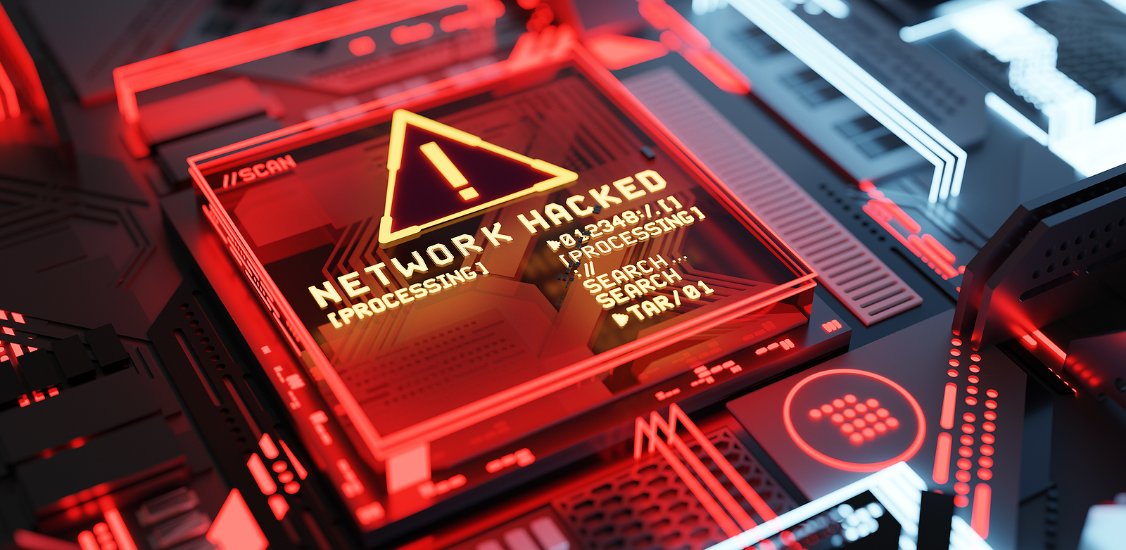The telecommunications sector has become a prime target for cybercriminals due to its critical role in supporting various industries along with the management of vast amounts of sensitive data, including personal and financial information of millions of customers. This makes them attractive to cybercriminals seeking to disrupt services, steal sensitive information, and exploit vulnerabilities in their interconnected networks. The increasing interconnectivity brought by cloud, IoT and 5G network expands the attack surface for telcos, making them increasingly more susceptible to cyber threats. The impact of a successful breach of a telecom provider can extend beyond financial losses and service disruptions. It can lead to a decline in customer trust, a loss of confidence, regulatory fines and impact the overall market position.
In response to these growing cybersecurity threats, the UK government introduced the Telecommunications (Security) Act (TSA) in October 2022. With the first stage of enforcement set to begin in March 2024 and as the NCSC warns of the growing threat of critical national infrastructure attacks from state-aligned actors, a proactive approach to compliance is critical.
Complying with new regulation
The TSA was introduced to establish minimum security standards, strengthen supply chain security, facilitate information sharing, and enhance regulatory oversight in the telecommunications industry. By adhering to the TSA, providers can address cyber threats and minimise catastrophic consequences. Failure to comply with the regulations can result in fines of up to ten percent of turnover, or £100,000 per day for continuing contraventions.
The good news, however, is that there are several ways telecoms providers can ensure they meet the TSA's enforcement deadline.
- Start planning now. Time is of the essence when it comes to TSA compliance. Providers should begin the process immediately.
- Develop a comprehensive roadmap and set clear milestones. This proactive approach ensures that they stay on track with their compliance efforts and avoid any last-minute rush as the enforcement deadline approaches. A well-structured plan will help streamline the compliance process and allow for effective resource allocation.
- Complete an asset inventory. An essential step towards TSA compliance is conducting a thorough asset inventory. Providers need to create a detailed asset directory that encompasses all the components, systems, and infrastructure within their organisation. This inventory provides a clear and comprehensive understanding of every asset that falls under the scope of TSA requirements. It enables providers to identify potential vulnerabilities and areas that need attention, facilitating a targeted approach to compliance.
- Scope requirements. Identifying the systems and operations subject to TSA regulation is a critical step in the compliance journey. By conducting a comprehensive assessment, providers can determine the specific areas that need to be addressed. This scoping exercise allows them to prioritise efforts, allocate resources efficiently, and tackle compliance in manageable stages. Breaking down the requirements into smaller, achievable tasks helps ensure progress and fosters a sense of accomplishment throughout the compliance process.
- Third parties and supply chain. Many telecom providers rely on third-party vendors and suppliers to deliver various services and products. To achieve TSA compliance, providers must extend their scrutiny to include their supply chain. Developing a system for verifying and managing suppliers in line with the TSA's Code of Practice measures ensures that the entire ecosystem maintains the required security standards. Regular assessments of suppliers' security practices and risk management protocols will contribute to a robust and resilient supply chain.
- Collaborate with a cybersecurity partner. Achieving TSA compliance can be a complex and challenging undertaking. Providers should consider collaborating with a cybersecurity partner who possesses the necessary expertise and experience to navigate the regulatory landscape effectively. A cybersecurity partner can help interpret the regulations, ensure that providers include all necessary elements in their scope, and assist in developing a roadmap for continuous improvement. Their guidance and support significantly ease the compliance process and reduce the risk of overlooking critical requirements.
Looking ahead
With the regulation already in place, telecoms providers must act now to ensure they meet the required standards and secure their infrastructure against cyber threats. Partnering with a cybersecurity provider can be a game changer when it comes to achieving full TSA compliance. A cybersecurity partner brings valuable knowledge and resources to the table, making the entire process smoother and more efficient. By prioritising compliance early on, telecoms providers can proactively safeguard their networks, data, and services from evolving threats.




















